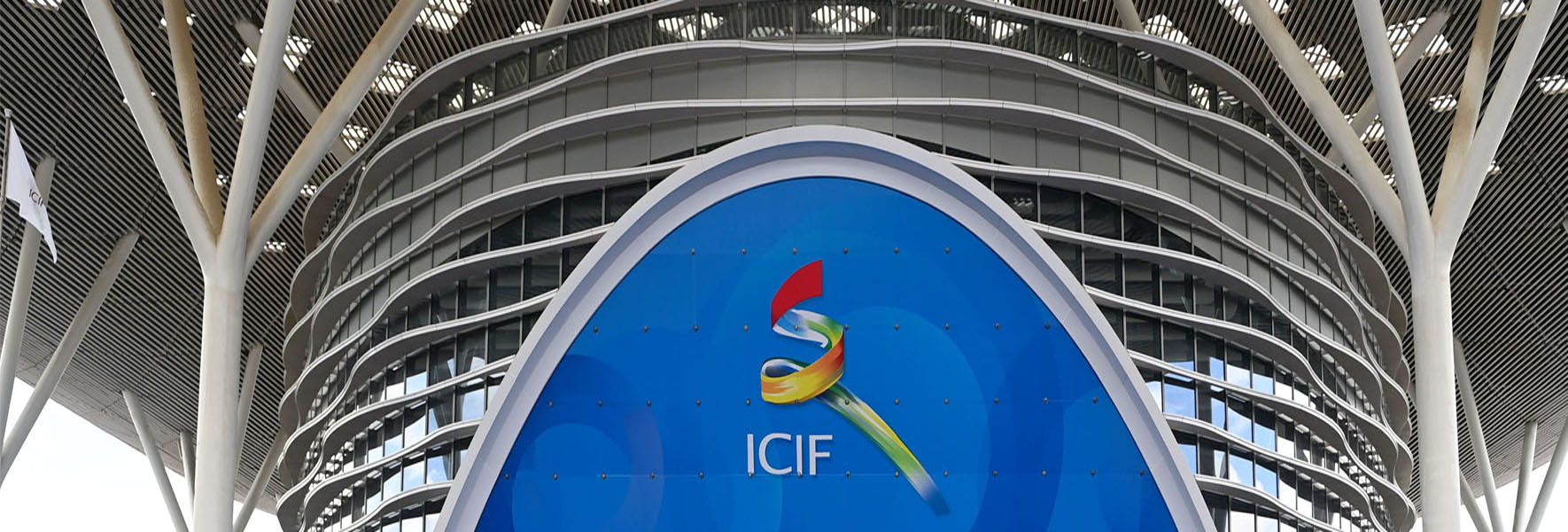Professor Chen Keshi attended the Shenzhen cultural and arts fair to promote Dafen's future development
Loading...
![]() 2014-08-04
2014-08-04
Since then, the streets of Dafen Oil painting village are full of oil painting and reproduction works of art production and processing, with supporting industries such as traditional Chinese painting, calligraphy, craft, carving, picture frame and pigment. The industrial chain of Dafen Oil painting village is gradually complete, with an endless stream of painters and artists, and works of art have zero distance contact with the market for the first time. According to statistics, in the first five years of the ICIF, Dafen Village exported more than 1.2 billion yuan of paintings every year, and about 60% of the world's copied oil paintings purchased from Dafen. In fact, Dafen people's pursuit of original dreams has never stopped.
Dafen only has a narrow space of 0.4 square kilometers, which also makes many artists who have lived here and been immersed for many years run for many years to expand the space. At yesterday's strategy seminar, Chen Keshi, vice president of the school of urban planning and design of Peking University and director of the China Urban Design Research Center of Peking University, asked a question: "what will Dafen look like in another decade?" Chen Keshi suggested that Longgang District should, in combination with the future development trend of Shenzhen, position Dafen as Dafen art city and promote the transformation of the old city within 5 square kilometers around.
Recommended news
Chen Keshi | The urban design scheme of Motuo County, Xizang passed the expert review meeting
Recently, the urban design scheme of Motuo County, Xizang, completed by the Zhongying Urban Design Team led by Professor Chen Keshi, passed the expert review and was highly recognized by the experts present.
2025-10-14
Chen Keshi | The urban design scheme of "Paizhen Huacheng" in Linzhi, Xizang, passed the expert review and was highly recognized by the leaders of the autonomous region
Recently, Wang Junzheng, Secretary of the Communist Party of China Tibet Autonomous Region Committee, listened to a report by Professor Chen Keshi from Zhongying Urban Design Team on the urban design plan for "Paizhen Flower City" in Nyingchi. He emphasized the need to base the project on the positioning of a "characteristic town," seize the historical opportunity, refine ethnic elements, and develop a unique architectural style that "externally showcases ethnic features while internally embedding modern functionality."
2025-09-08
上一篇:Shenzhen 35 years later: I come from the sea
Return to list